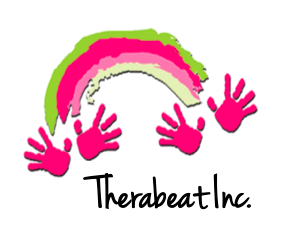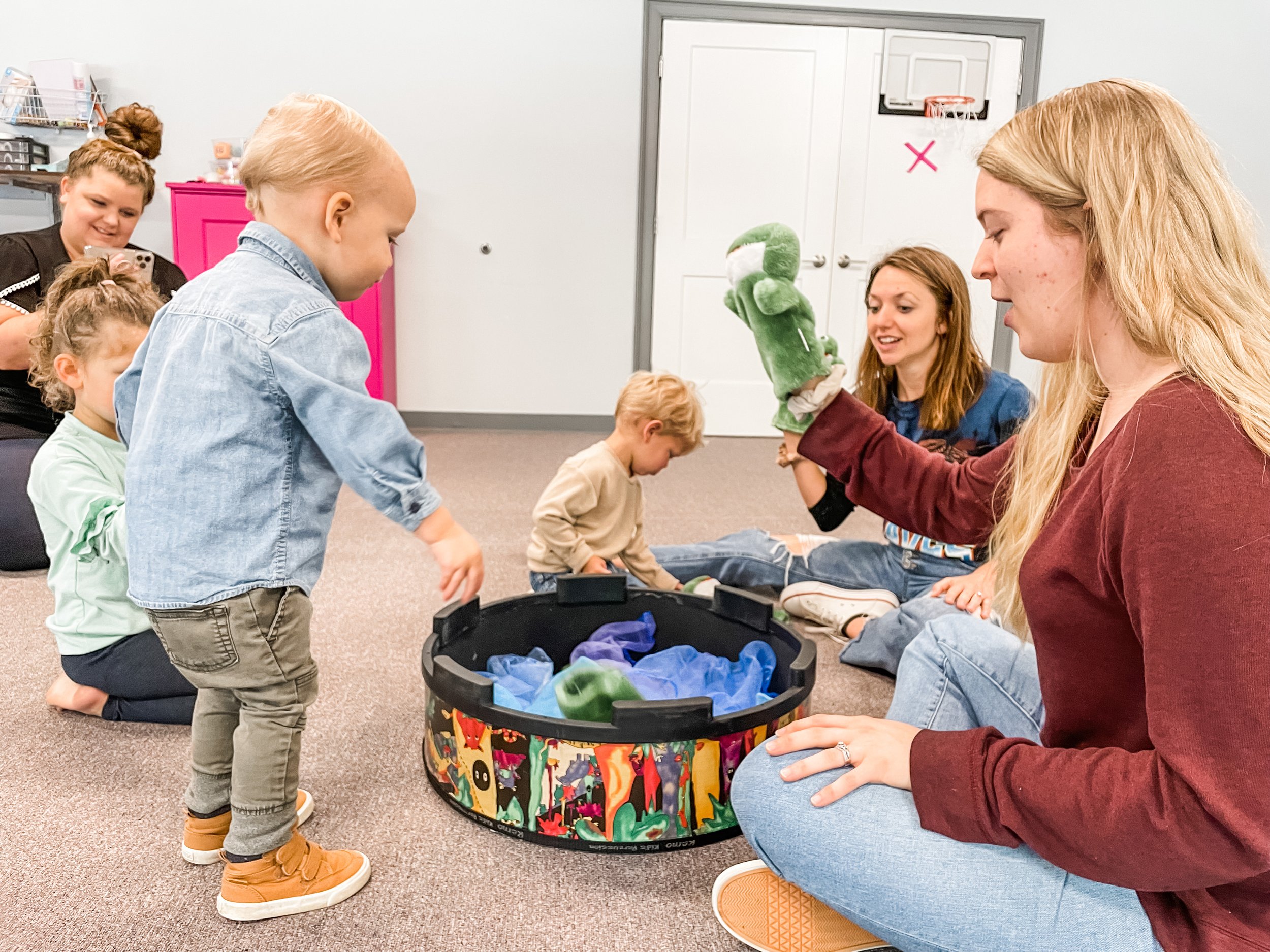Music therapy is an evidence-based creative arts therapeutic approach that aims to use music to meet nonmusical goals such as social, emotional, cognitive, communication, and physical goals. It can be used for groups or individuals of all ages and abilities (AMTA, 2022). There are many different approaches to music therapy including an approach called family-centered music therapy, or FCMT. Family systems theory states that events that impact the family affect all family members, including the child. A family systems therapist views the client within the family system to better make sense of the varying factors that might be impacting the individual (Thompson, 2012). Abad and Williams (2007) wrote that “the quality of family life is fundamental to the well being of children” (p.52), meaning that the family relationships provide a foundation for the overall development of the child. This same view has shaped FCMT as it prioritizes the parent-child relationship–especially during music making–due to the belief that relationships within the family significantly impact the individual (Fuller & McLeod, 2019).
Family-centered music therapy can look different depending on the age, goals, and setting. In the NICU it can look like a music therapist working with the parents to create lullabies for the infant to hear a parental voice when the parents cannot be present (Standley & Gutierrez, 2020). In homes or at clinics it can look like singing or playing instruments with the music therapist encouraging and supporting the parents to participate and learn the songs so they can continue to practice the skills at home (Thompson, 2012). In other settings it can look like the parent and child engaging in musical activities with each other with encouragement from the music therapist to highlight strengths and build self-esteem (Thompson, 2012). It can look like a mommy and me music therapy class or other group music therapy classes to focus on social skills (Houde & Narendran, 2018). Houde and Narendran (2018) state that no matter the situation, the family-centered music therapist aims to address both the child and the parents’ needs during sessions.
Recent studies show that FCMT is associated with increased confidence, self-esteem, and self-efficacy beliefs in parents which in turn positively impacts the child too (Thompson, 2012). Williams et al. (2012) found that music therapy has been associated with higher parent satisfaction rates, higher parent engagement and positive interactions, improved parent-child relationships, parenting behaviors, child outcomes, and increased parenting skills among other things. When incorporating parents in the therapeutic process, music therapy has also shown to be helpful in reducing parental stress, improving attachments, and teaching about over-stimulation while providing the parent more resources, support, and information to continue music-centered work at home (Standley & Gutierrez, 2020). Because music therapy in general is a strength-focused approach, Thompson (2012) stated that there were results from some studies that parents were better at identifying strengths in their children after attending music therapy services.
Part of the influx of research studies being done on FCMT is due to the fact that the risk of bad parenting behaviors and unhealthy attachments in parent-child relationships is higher when parental depression, single parenting status, young parenting, or lower socioeconomic status is present (Abad & Williams, 2007). Similarly, families with a child with a disability are at higher risk for parental stress, lower socioeconomic status, and unhealthy attachments (Williams et al., 2012). When these higher risk situations occur, it is even more crucial to seek services that might decrease those risks. By incorporating the family in the therapeutic experience, many goals can be addressed within the family system that cannot otherwise be addressed if seeing someone individually. Though family-centered music therapy, or music therapy in general, may not be the best therapeutic approach for everyone, it can be an impactful method for many–especially for families with fewer resources available to them.
References
Abad, V., & Williams, L. E. (2007). Early intervention music therapy: Reporting on a 3-year project to address needs with at-risk families. Music Therapy Perspectives, 25(1), 52-58.
American Music Therapy Association (AMTA), (2022). American Music Therapy Association. About Music Therapy and AMTA | American Music Therapy Association. Retrieved April 24, 2022, from https://www.musictherapy.org/about/
Fuller, A. H., and McLeod, R. G. (2019). The connected music therapy teleintervention approach (CoMTTA) and its application to family-centered programs for young children with hearing loss. Australian Journal of Music Therapy 30, 13-30.
Houde, M., and Narendran, N. (2018). A literature review of the influence of early childhood music education and music therapy on child development. Canadian Journal of Music Therapy, 24, 27-39.
Standley, J. M., and Gutierrez, C. (2020). Benefits of a comprehensive evidence-based NICU-MT program: Family-centered, neurodevelopmental music therapy for premature infants. Pediatric Nursing, 46(1), p. 40-46.
Thompson, G. (2012). Family-centered music therapy in the home environment: Promoting interpersonal engagement between children with autism spectrum disorder and their parents. Music Therapy Perspectives, 30(2), 109-116.
Williams, L. E., Berthelsen, D., Nicholson, J. M., Walker, S., & Abad, V. (2012). The effectiveness of a short-term group music therapy intervention for parents who have a child with a disability. Journal of Music Therapy, 49(1), 23-44.






